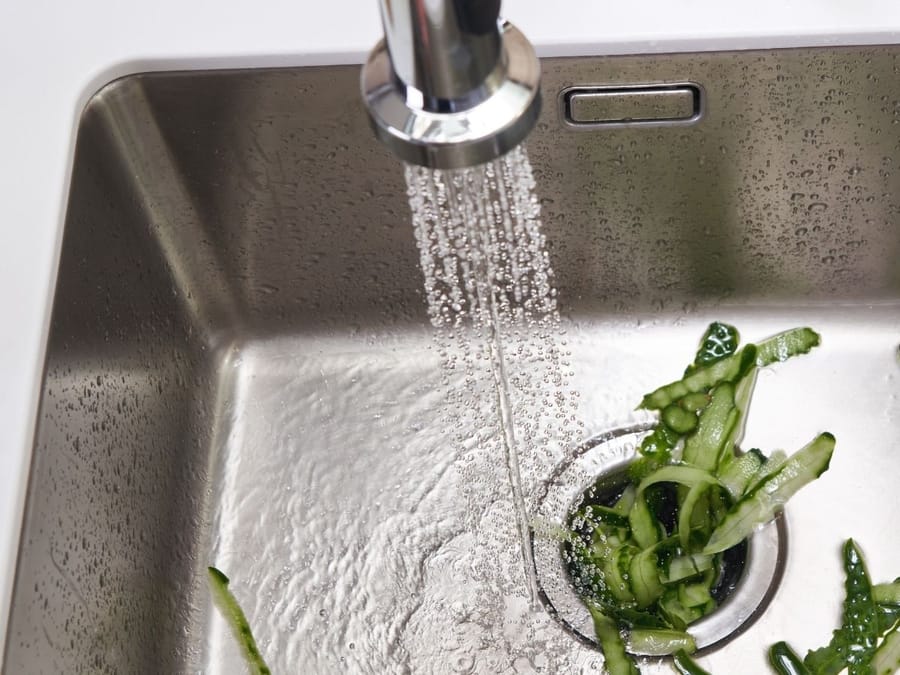absolute plumbing Inc.
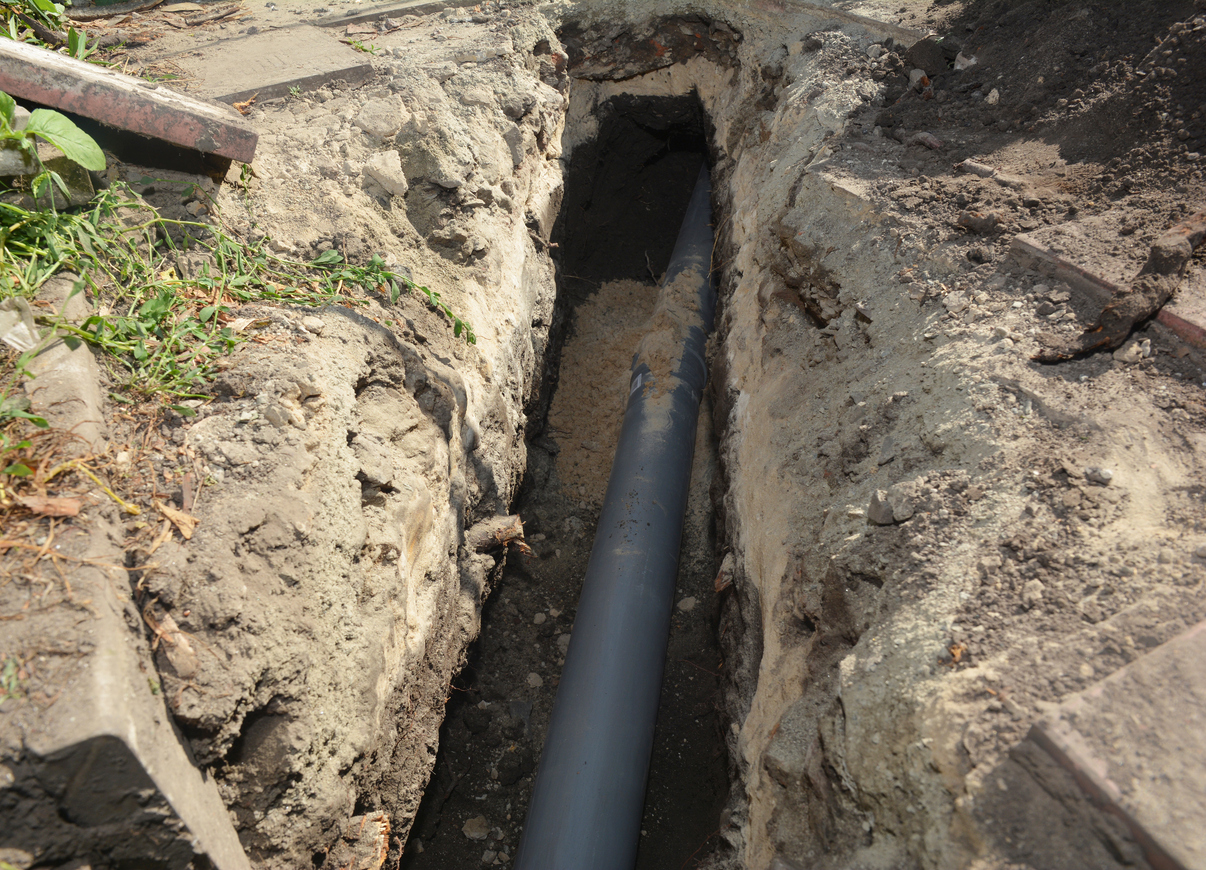
What Part of the Sewer Line is the City Responsible For?
As a homeowner, understanding the responsibilities of sewer line maintenance can save you from unexpected expenses and legal headaches. One of the most common questions that arise in this context is: What part of the sewer line is the city responsible for? This blog aims to clarify the distinctions between homeowner and city responsibilities when it comes to sewer line maintenance and repairs.
Understanding the Sewer Line from House to Street
The sewer line from house to street is a critical component of your home’s plumbing system. This pipeline, often referred to as the sewer lateral, connects your home’s internal plumbing to the city’s main sewer line. It’s responsible for transporting all the wastewater from your household to the municipal sewer system. However, knowing which parts of this system you are responsible for and which parts fall under the city’s jurisdiction can be confusing.
Homeowner vs. City Responsibility
Generally, homeowners are responsible for maintaining and repairing the sewer lateral connection to the main city sewer line. This means that any issues that arise within the section of the sewer line that runs from your house to the point where it connects with the city’s main sewer line are typically your responsibility. This includes clogs, breaks, and any other damages.
On the other hand, the city is usually responsible for the main sewer line itself. This is the larger pipe that runs down the middle of the street and collects wastewater from multiple properties. The city’s responsibility begins where your sewer lateral connects to the main line. Any problems that occur within this main sewer line are typically handled by the city’s public works or utilities department.
Sewer Backup City Responsibility
Sewer backups can be a homeowner’s nightmare. They can cause significant damage to your property and require costly repairs. It’s essential to understand when a sewer backup falls under city responsibility. If the backup is caused by an issue within the city sewer line, such as a blockage or break, the city is usually responsible for addressing the problem. Homeowners should report such incidents to their local public works department promptly.
However, if the backup originates within your sewer lateral, then it is your responsibility to handle the repairs. Regular maintenance and inspections of your sewer line from house to street can help prevent these types of issues and ensure that your system remains in good working order.
The Sewer Lateral Connection to Main
The point where your sewer lateral connects to the main city sewer line is a crucial juncture. Any issues at this connection point can affect both your property and the municipal system. If there is a problem at the connection point, such as a disconnection or break, it can cause sewage to back up into your home.
In many municipalities, the responsibility for this connection point can be shared. It is important to check with your local regulations to understand who is responsible for repairs at this juncture. Some cities may cover repairs at the connection point, while others may leave it to the homeowner.
Regular Maintenance and Inspections
To avoid unexpected sewer line issues, regular maintenance and inspections are crucial. As a homeowner, you can take several proactive steps to maintain your sewer line from house to street:
- Regular Inspections: Hire a professional plumber to inspect your sewer line periodically. This can help identify potential issues before they become major problems.
- Proper Disposal: Avoid flushing items that can cause clogs, such as grease, wipes, and feminine hygiene products. These items can accumulate and block your sewer lateral.
- Tree Roots: If you have trees near your sewer line, roots can infiltrate the pipes and cause blockages or breaks. Regularly check for root growth and consider root barriers or removal if necessary.
- Timely Repairs: If you notice signs of a problem, such as slow drains or unusual odors, address them immediately. Delaying repairs can lead to more severe issues and higher costs.
The Role of the City Sewer Line
The city sewer line plays a vital role in maintaining the overall health and functionality of the municipal sewer system. It collects wastewater from multiple properties and transports it to the treatment plant. Any issues within the city sewer line, such as blockages or breaks, can have widespread effects, including sewer backups into multiple homes and environmental hazards.
Municipalities are responsible for maintaining and repairing the city sewer line. This includes regular inspections, cleaning, and addressing any issues that arise. If you experience a problem that you believe is due to an issue within the city sewer line, it is important to contact your local public works department. They can investigate the issue and determine if it falls under their jurisdiction.
Conclusion
Understanding the distinctions between homeowner and city responsibilities for sewer lines can help you manage your property more effectively and avoid unexpected expenses. Remember, as a homeowner, you are typically responsible for the sewer line from house to street, while the city is responsible for the main sewer line.
Regular maintenance and timely repairs are key to preventing sewer line issues. If you experience a sewer backup, determining whether it is a homeowner or city responsibility can help you address the problem more efficiently.
For all your plumbing needs, including sewer line inspections, maintenance, and repairs, contact Absolute Plumbing. Our team of experienced professionals is here to help you keep your plumbing system in top shape. Don’t hesitate to reach out to us for reliable and expert plumbing services.
Recent News
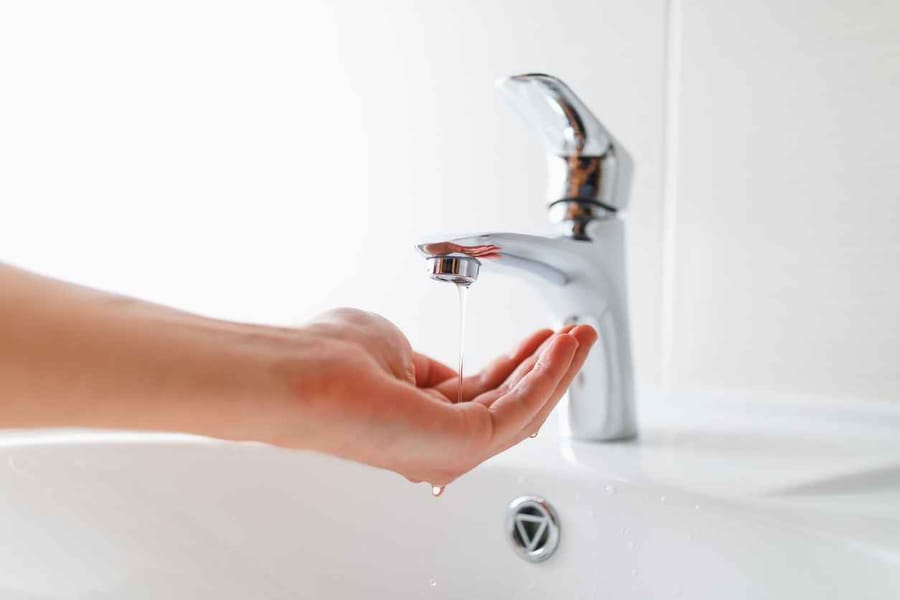
Top 5 Most Common Plumbing Problems in Flower Mound Homes

The Benefits of Installing a Whole-Home Water Filtration System

Is My Home’s Water Pressure Too High?
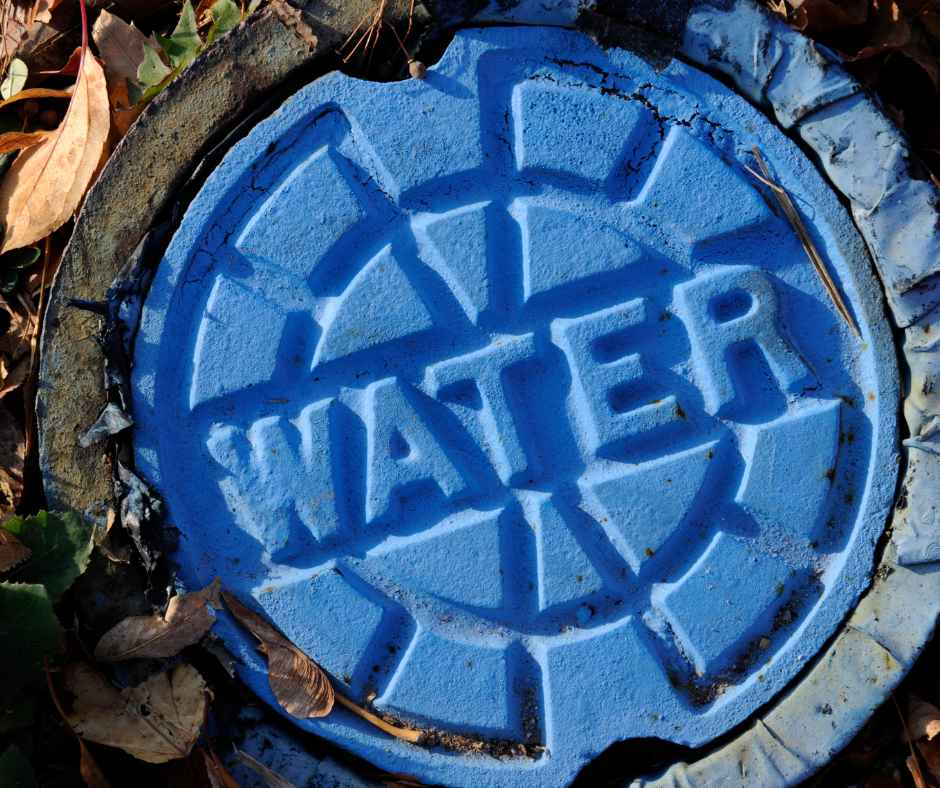
Rerouting Water Lines in Flower Mound, TX: What Homeowners Need to Know
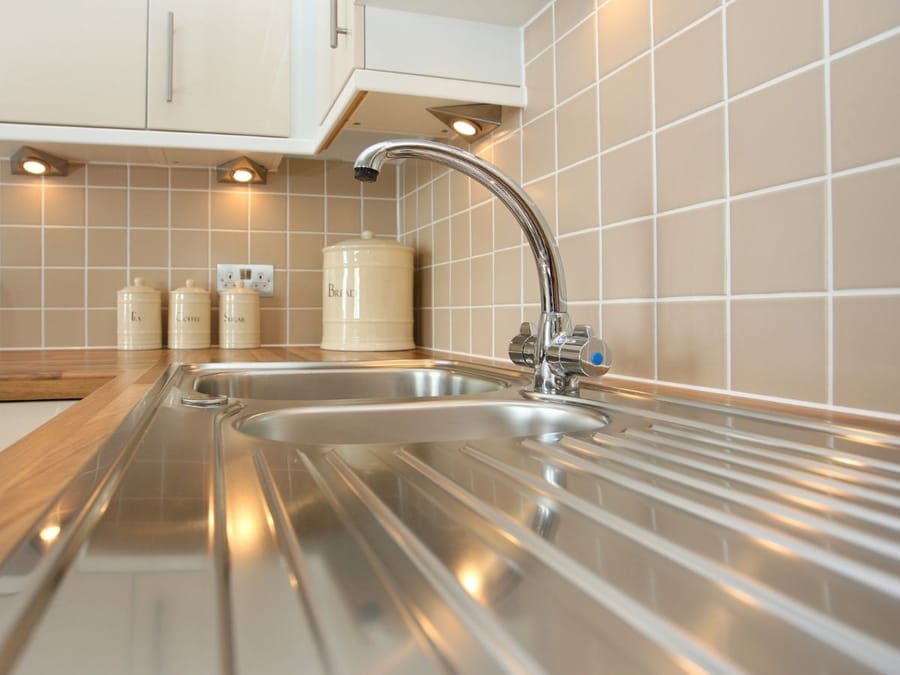
What Should Be on My Home Plumbing Maintenance Checklist?
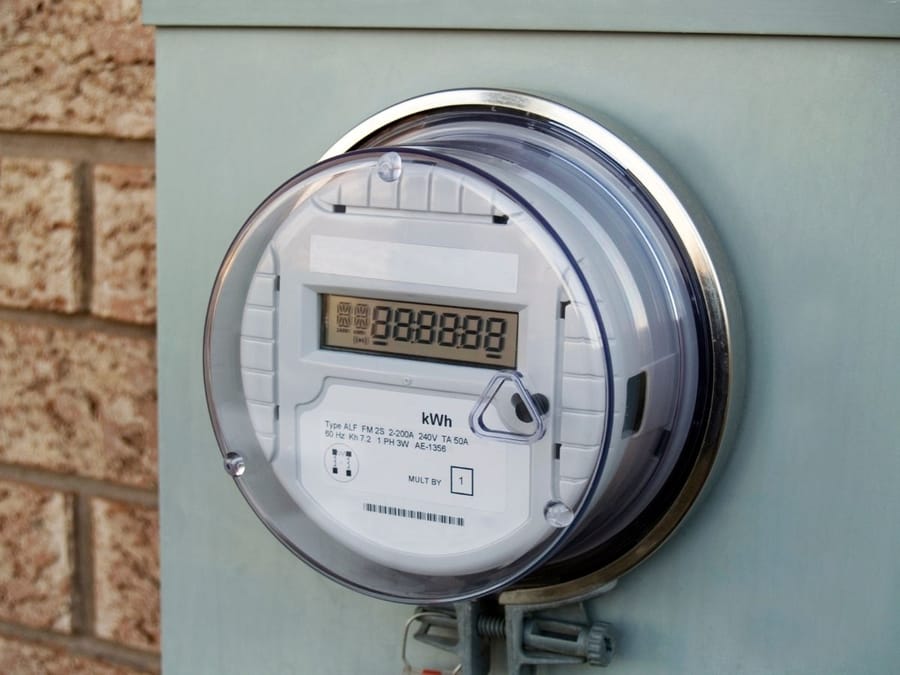
How to Read Your Water Meter (and Catch Hidden Leaks)
